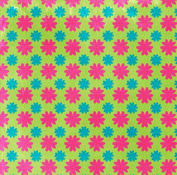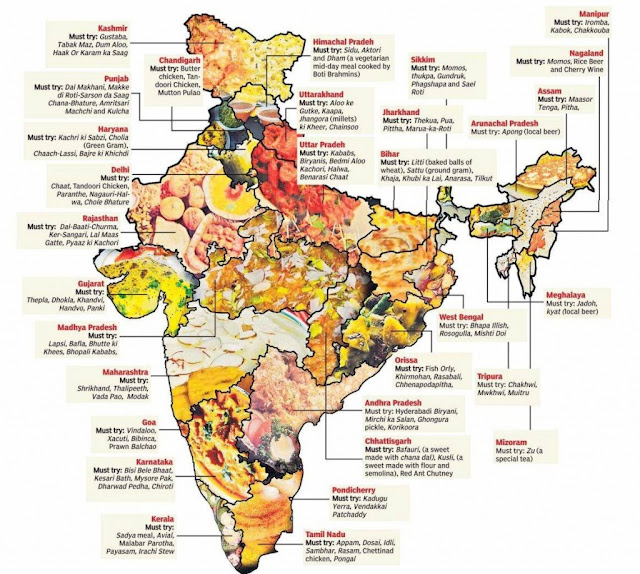Indian cuisine is much more than just tandoori, vindaloo or tikka masala! There are millions of unique recipes that come from various regions of India. Ethnicity, state, religion, caste, geography, local produce as well as foreign occupations have had an influence on diversification of Indian food.
Indian cooking, in general, is not very difficult. All it requires is a little knowledge about Spices and their properties (taste, aroma, colour, medicinal, etc). Then one can experiment with them as one would do in a chemistry laboratory to see how different permutation and combination of spices give infinite variety flavours. Taste of spices also vary depending on whether they are used fresh, dried, powdered, ground with/without water, roasted, with/without oil, added to the dish at the beginning or end, etc.
Most Indian recipes do not have fixed measure of ingredients as in a cake recipe. One can increase or decrease quantity of any of the ingredients in a recipe as per individual taste. No two Indian households/restaurants will follow the same recipe, each will have their own versions.
The following ingredients can be categorised on the basis of their principle taste and can be interchanged in any recipe to achieve diversity.
Hot: Green Chillies, Red Chillies, Dried Chillies, Mustard, Pepper, Nutmeg, Clove, Cinnamon, Ginger, Garlic, Onion
Sour: Tamarind, Tomato, Lemon, Kokam, unripe Mango (fruit or powdered), Gooseberry, Vinegar, Yogurt, Buttermilk
Sweet: Sugar, Jaggary, Honey, Coconut (grated or milk), Cream, Milk, Nuts, Fruits
Bitter: Cumin, Fenugreek (seeds or leaves), Turmeric, Bitter Gourd
Salty: Salt






























































